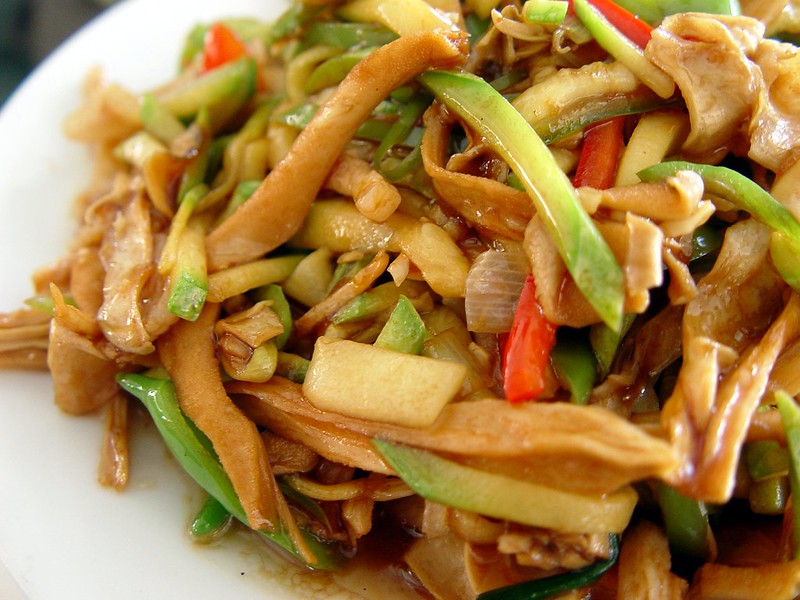When we think of Chinese food internationally, we often picture sizzling woks, bright red sauces, or bustling street vendors. But behind the festive restaurant menus and viral food videos lies a quieter, more comforting side of Chinese cuisine: daily dishes that are served not for flair, but for nourishment, balance, and tradition. In case that you learn Mandarin online, perhaps with an online Chinese teacher, such topic is worthy to be included into sessiosn!
Among the most cherished of these is white fungus soup. Made from tremella—a soft, gelatinous fungus that resembles snowflakes—this dish is not only incredibly traditional but also packed with symbolic and nutritional value. It’s often simmered slowly with ingredients like red dates, goji berries, and sometimes lotus seeds or rock sugar. The result is a lightly sweet, soothing dessert-like soup enjoyed either warm or chilled, especially by families focused on health and longevity.
More than just food, silver ear soup is viewed as a natural beauty tonic—believed in traditional Chinese medicine to nourish the lungs, moisten the skin, and cool internal heat, especially useful in dry or polluted climates like Beijing.
But silver ear soup is just one example. Everyday Chinese dining revolves around harmony: of flavor, temperature, and energy (think yin and yang). Here are a few other humble but beloved staples that grace Chinese tables on a daily basis:
- Congee: A warm rice porridge eaten for breakfast or when ill. It can be savory—with preserved eggs and pickled vegetables—or sweet, like red bean congee.
- Stir-fried leafy greens: Usually bok choy, Chinese cabbage, or water spinach, quickly cooked with garlic and oil.
- Steamed eggs: A silky custard-like dish often mixed with soy sauce, sesame oil, or bits of shrimp and scallion.
- Tofu: In a hundred variations—from pan-fried to stewed with mushrooms, tofu is a vegetarian protein powerhouse found on nearly every Chinese family’s menu.
- Rice: No surprise here. The humble bowl of rice is the foundation of most meals, often paired with two or three shared dishes in the center of the table.
These are not luxury meals—they are daily nourishment built around the seasons, local availability, and a worldview that food should heal, sustain, and connect.
And yes, not every household eats silver ear soup every day—but many families, especially among older generations, see it as a natural addition to a lifestyle, one that emphasizes gentle healing through food and routine.
In learning Chinese, these dishes offer more than vocabulary practice—they offer a window into how Chinese people live and care for each other. You might find yourself not only learning the word for “fungus”, but also understanding what a bowl of soup means to a parent, a grandparent, a child. Language institutions like GoEast Mandarin, based in Shanghai, make a point to discuss such cultural topics in lessons whenever possible, and such is well-received by learners, for this allows us to understand Chinese beyond the textbook-approach.


